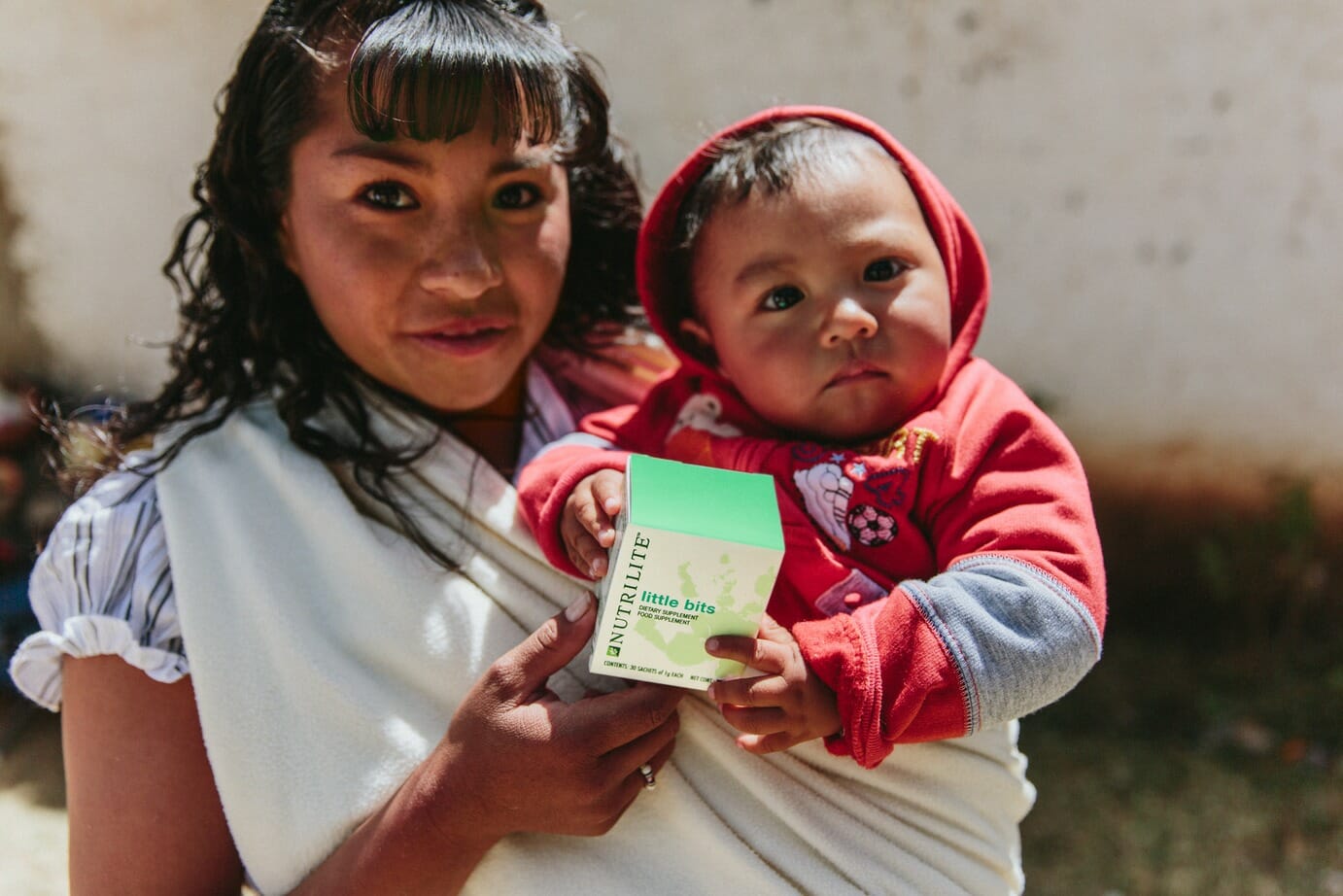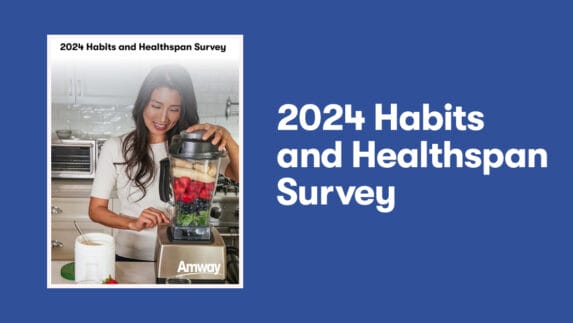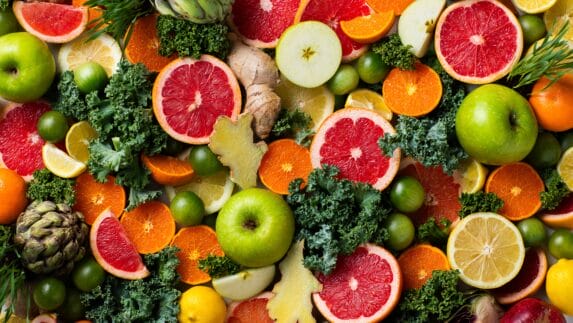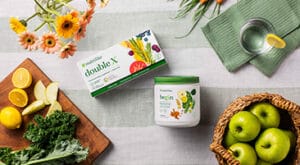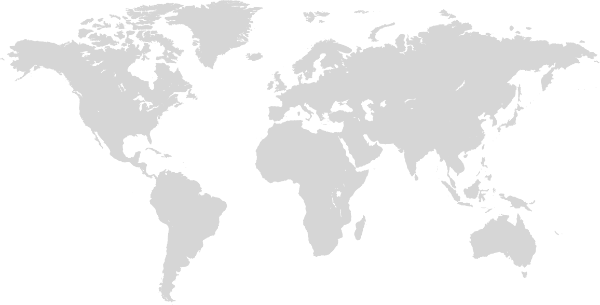Malnutrition Mapping Project examines the evolving state of malnutrition in low-, middle- and high-income countries, including the double burden of undernutrition and obesity
WASHINGTON D.C., March 31, 2015 – With half of the world’s population facing malnutrition in some form¹, it’s a global challenge, and it’s one that doesn’t discriminate based on income. According to the 2014 Global Nutrition Report, almost every country in the world deals with malnutrition in at least one of its forms, whether that be undernutrition or obesity and overweight.
While undernutrition is a continual struggle in many developing countries, it’s also one in developed countries. Even the United States ─ the highest income economy in the world ─ faces this issue: More than 3 percent of children in the U.S. are undernourished², resulting in stunted growth, iron deficiency-related anemia and other developmental challenges.
At the same time, there’s a startling problem accelerating at the opposite end of the spectrum. A new compilation of nutritional data shows many people across the globe suffer from malnutrition’s impact of overweight and obesity. It can trigger severe health problems like diabetes, cardiovascular disease or high blood pressure.
The Malnutrition Mapping Project, developed by the Global Alliance for Improved Nutrition (GAIN) with funding from Amway™, is a new online tool revealing the global burden of malnutrition in all its forms. It includes data from more than 30 countries representing low, middle and high incomes and provides an easy path to country-by-country statistics and insights on nutritional challenges.
“This double burden of malnutrition is a serious global challenge and one that we can’t meet unless we have strong data. We need to build a clearer picture of where people are and what their nutritional status is in order to effectively target interventions,” said Dominic Schofield, Director and Senior Technical Advisor at GAIN. “The goal of this project is to raise awareness of malnutrition in all its forms so that political, health and business leaders can discuss, develop and ultimately implement solutions.”
The project highlights the double burden of undernutrition and overweight and obesity. Although there are decreasing rates of undernutrition in some populations, it remains high in many low and middle-income countries, threatening the survival and healthy development of children. In India, for example, undernutrition is the leading risk factor for death in children under age 5.³
At the same time, many of these countries are experiencing high rates of overweight and obesity. In Guatemala, the stunting rate for children ─ a result of undernutrition ─ is 48 percent⁴, while 55 percent of women and 41 percent of men are either overweight or obese. ⁵
The Malnutrition Mapping Project launches March 31, 2015 during an event in Washington D.C. – one week before World Health Day. The event will be kicked off by Amway Chairman Steve Van Andel and include an expert panel discussion about the issue. Some of those same panelists will participate in a Twitter™ chat on malnutrition later that day.
“The Malnutrition Mapping Project shows that in many parts of the world, there are basic needs going unmet,” Van Andel said. “Amway has the expertise to meet those needs through its Nutrilite™ Little Bits™ product, a micronutrient supplement that helps children get the nutrients they need. Our hope is that this project advances more discussions and solutions that address the issue of malnutrition worldwide.”
Nutrilite™ Little Bits™ is a one-gram micronutrient sachet developed by Amway containing 15 essential vitamins and minerals for children ages 6 months to 5 years. It’s designed to be mixed with food once a day and provides the vitamins and nutrients needed for children to reach their potential. Through the Nutrilite™ Power of 5 Campaign, Little Bits™ is currently provided to families for free in six countries, with the goal to reach 15 countries by 2017.
This new mapping project is part of Amway’s commitments to the Scaling Up Nutrition (SUN) Business Network, which brings members of the private sector together to explore their role in solutions to malnutrition. Amway joined the network in 2014 and is one of over 100 businesses committed to improving global nutrition.
Audra Davies, Amway vice president of health, beauty and home product development, said the project emphasizes the need for good nutrition throughout a person’s life.
“It confirms what we already knew, that proper nutrition is essential in all stages of life and a lack of it can have long-term effects on the quality of life,” she said.
The new digital map can be found starting March 31 by visiting http://mamap.io/map. Experts will discuss the study results during a Twitter™ chat at 6 p.m. Eastern that same day. Join the conversation by following @Nutrilite and #malnutrition.
About Amway
Amway is a $10.8 billion direct selling business based in Ada, Michigan, USA. Top-selling brands for Amway are Nutrilite™ vitamin, mineral and dietary supplements, Artistry™ skincare and color cosmetics and eSpring™ water treatment systems – all sold exclusively by Amway Business Owners. Global sales in 2013 made Amway the #1 direct selling business in the world, according to the Direct Selling News 2014 Global 100. The company’s annual sales figure includes revenue from direct selling operations and other business holdings. For company news, visit globalnews.amway.com.
About GAIN
The Global Alliance for Improved Nutrition (GAIN) is an international organization launched at the UN Special Session on Children in 2002 to tackle the human suffering caused by malnutrition. Its programs are on track to reach more than a billion people with improved nutrition this year. More information at gainhealth.org
About the SUN Business Network
The Scaling Up Nutrition (SUN) Business Network was established to mobilize business efforts in support of the SUN Movement, by galvanizing the global business community to commit to scaling up nutrition, and supporting SUN countries to engage with business within a multi-stakeholder, country-owned, approach to scaling up nutrition. To date, SBN members have committed to improving nutrition of 125 million people, each year, by 2020.
__________________________
¹ http://www.who.int/mediacentre/factsheets/fs311/en/, http://www.fao.org/3/a-i4030e.pdf
² World Health Organization: WHO Global Database on Child Growth and Malnutrition
³ http://globalnutritionreport.org/files/2014/11/gnr14_cp_india.pdf
⁴ http://globalnutritionreport.org/files/2014/11/gnr14_cp_guatemala.pdf
⁵ http://vizhub.healthdata.org/obesity/
